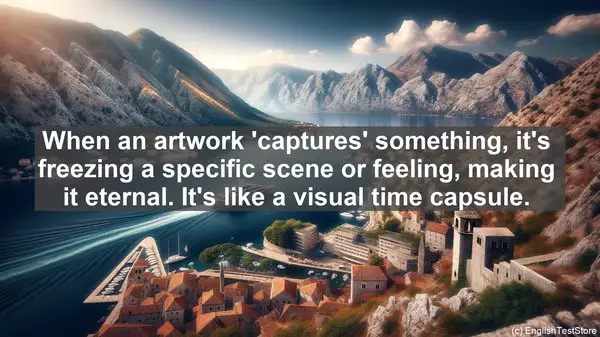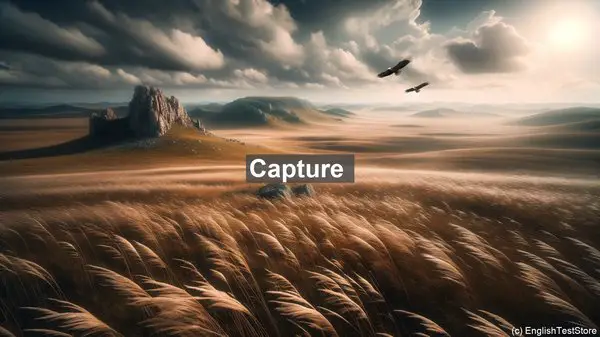Introduction
Today, we’re going to explore the world of art through the lens of language. Just as brushstrokes and colors bring a painting to life, the words we use to describe art can enhance our understanding and appreciation. So, let’s begin with the first verb on our list.
Depict
When we say an artwork ‘depicts’ something, we’re referring to its ability to portray or represent a subject. It’s like the artist is telling a story through their creation. For example, a landscape painting might ‘depict’ a serene countryside or a bustling cityscape.
Convey
Similar to ‘depict,’ ‘convey’ also deals with the communication aspect of art. However, it goes beyond just representation. When a piece of art ‘conveys’ something, it’s evoking a particular emotion or message in the viewer. It’s like the artist’s thoughts and feelings are being transmitted through their work.
Capture
Have you ever looked at a photograph and felt like it perfectly ‘captures’ a moment in time? Well, that’s the power of this verb. When an artwork ‘captures’ something, it’s freezing a specific scene or feeling, making it eternal. It’s like a visual time capsule.

Evoke
Art has the incredible ability to ‘evoke’ emotions. Whether it’s joy, sadness, or even nostalgia, a well-executed piece can make us feel deeply. It’s like the artwork is a trigger for our own experiences and memories, creating a profound connection.

Blend
In some art forms, like painting or music, ‘blending’ is a crucial technique. It involves seamlessly combining different elements or colors to create a harmonious whole. It’s like the artist is a master chef, carefully mixing ingredients to achieve the perfect flavor.
Contrast
On the other end of the spectrum, we have ‘contrast.’ This is when two elements in an artwork are deliberately different, creating a visual or conceptual tension. It’s like a yin and yang, where the presence of one enhances the impact of the other.
Illuminate
Sometimes, art is not just about aesthetics. It can also be a medium for shedding light on important issues or ideas. When an artwork ‘illuminates’ something, it’s bringing attention to a particular topic, often with the intention of sparking a conversation or change.
Sculpt
While we often associate ‘sculpting’ with working with clay or stone, it’s not limited to that. In a broader sense, ‘sculpting’ is about shaping and molding. It could be the way a dancer moves or the careful arrangement of objects in a still life. It’s the art of creating form and structure.
Layer
In some artworks, there’s a sense of depth and complexity. This is achieved through ‘layering.’ It’s like building a puzzle, where each layer adds a new dimension. It’s not just about what’s on the surface; it’s about the hidden stories and meanings underneath.
Transform
Art has the power to transform not just the physical, but also the conceptual. When an artwork ‘transforms’ something, it’s changing our perception or understanding. It’s like a catalyst for new ideas and perspectives, pushing the boundaries of what’s possible.
